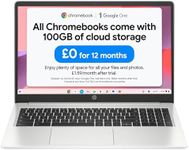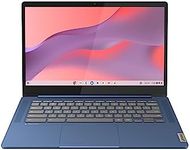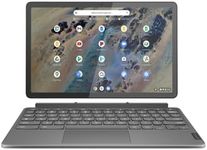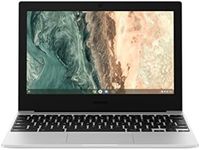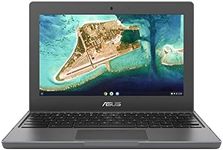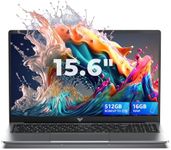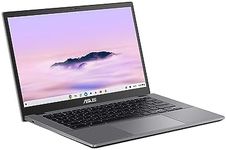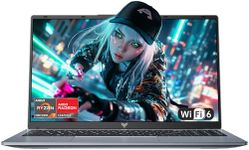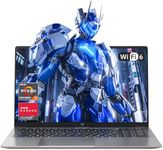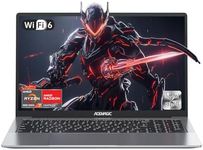Buying Guide for the Best Cheap Chromebook
When choosing a Chromebook, it's important to focus on the features that will best support your needs, whether it's for work, school, or personal use. Chromebooks are known for their simplicity, speed, and security, making them a great choice for users who primarily use web-based applications. Consider what you'll be using the Chromebook for, as this will guide you in selecting the right specifications. Remember, the goal is to find a balance between performance and cost, ensuring you get the best value for your needs.ProcessorThe processor is the brain of your Chromebook, determining how fast it can perform tasks. For basic tasks like browsing the web and using Google Docs, an Intel Celeron or MediaTek processor will suffice. If you plan to run more demanding applications or multitask frequently, consider an Intel Core i3 or i5. Your choice should be guided by your usage: light users can opt for entry-level processors, while more intensive users should look for mid-range options.
RAMRAM, or Random Access Memory, affects how many applications you can run simultaneously and how smoothly they operate. Chromebooks typically come with 4GB or 8GB of RAM. For basic tasks like web browsing and streaming, 4GB is usually adequate. However, if you plan to use more demanding applications or keep many tabs open at once, 8GB will provide a smoother experience. Consider your multitasking habits when choosing the right amount of RAM.
StorageStorage on a Chromebook is where your files and applications are kept. Chromebooks often come with 32GB, 64GB, or 128GB of storage. Since Chromebooks are designed to work with cloud storage, you might not need a lot of local storage. If you primarily use cloud services like Google Drive, 32GB or 64GB should be sufficient. However, if you plan to store a lot of files locally, consider opting for 128GB. Think about your storage habits and how much you rely on cloud services.
Display Size and QualityThe display size and quality affect your viewing experience. Chromebooks range from 11 inches to 15 inches. Smaller screens are more portable and easier to carry around, making them ideal for students or travelers. Larger screens provide a better viewing experience for media consumption and multitasking. Additionally, consider the resolution: a Full HD (1920x1080) display offers clearer and sharper images than a standard HD (1366x768) display. Choose based on how you plan to use your Chromebook and where you'll be using it most.
Battery LifeBattery life determines how long you can use your Chromebook on a single charge. Most Chromebooks offer between 8 to 12 hours of battery life. If you plan to use your Chromebook on the go, such as for school or travel, longer battery life is crucial. For home use, where you have easy access to power outlets, battery life might be less of a concern. Consider your daily routine and how often you'll be away from a power source when deciding on battery life.
Build Quality and PortabilityBuild quality and portability are important for durability and ease of transport. Chromebooks are generally lightweight, but some models are more robust than others. If you need a Chromebook for travel or school, look for a model with a sturdy build and a weight that you can comfortably carry. Some Chromebooks also offer 2-in-1 functionality, allowing them to be used as a tablet, which can be a bonus for versatility. Think about how and where you'll be using your Chromebook to determine the right balance of build quality and portability.

